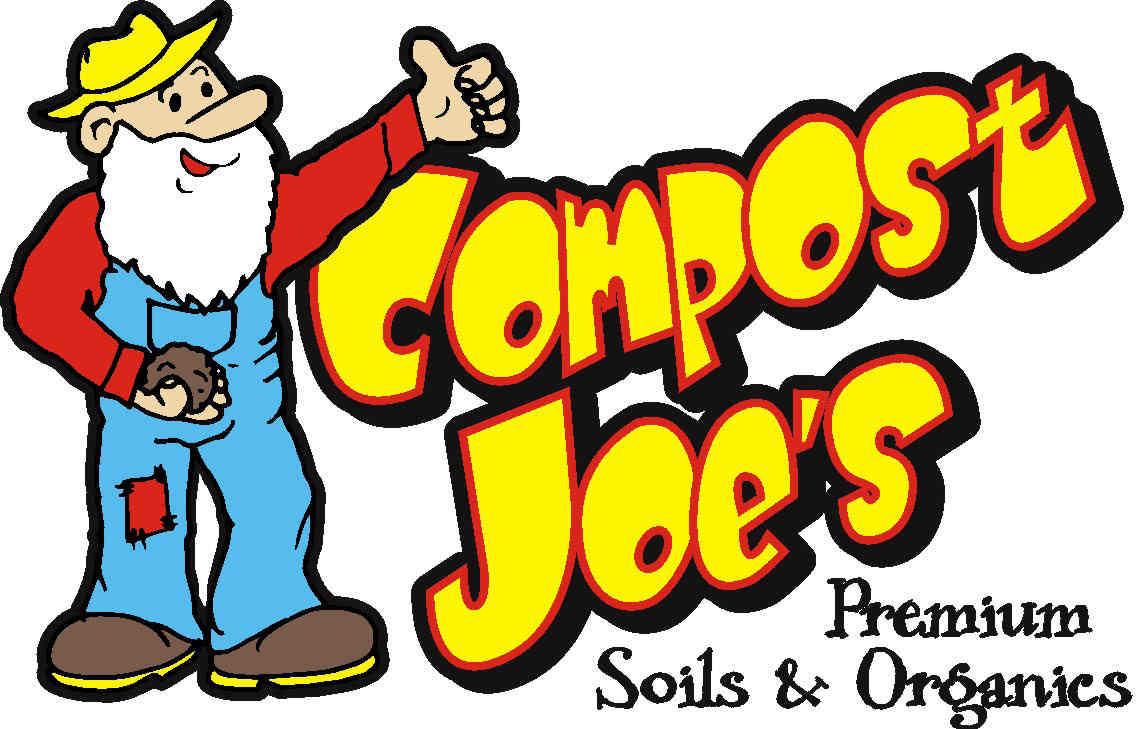Its all about the worms
It’s all about the worms
By Sarah Everson
“What is the difference between composting and vermicomposting?” This is a commonly asked question. In a word, the answer is “worms.”
Vermicomposting is a compost process that relies on the action of worms to break down food matter, with the resulting worm waste, or worm castings, being collected for use as organic fertilizer. Red wigglers are the preferred worms for vermicomposting. They thrive on food waste, reproduce quickly and can eat twice their weight each week. These worms are hungry, and for every pound of food waste they ingest they produce a pound of worm castings. After one week, five pounds of worms can produce anywhere from five to ten pounds of worm castings. The best “food” to feed worms is the same material you would use in your backyard compost pile – vegetable and produce waste is perfect, but avoid meat and dairy.
A vermicompost setup is similar to a backyard compost bin in the sense that both processes can convert kitchen waste into a valuable end-product while reducing landfill contributions. Like backyard composting, vermicomposting can be done in large scale windrows or at a small scale household level. Regardless of the size of the vermicompost setup, the same basic process is implemented. Feedstocks must be layered in such a way as to keep the worms moving upwards as they eat. In an industrial setting, a flow-through system is used with new feedstock being placed adjacent to the existing pile. The worms then migrate through the existing pile toward the new pile, leaving behind their valuable worm castings as they go. This method requires a lot of space.
A windrow system can also accomodate worms. Sometimes windrows are built on a concrete slab to prevent natural predators from accessing the industrious little worms from below. Like the flow-through system, the windrow system requires a lot of space for a base of bedding material topped by accumulating “worm chow.”
Most household vermicompost setups are kept inside using a bin system. The worms can only survive at temperatures between 50 to 86 degrees Fahrenheit. Environments too cold or too hot will cause the worms to either die or escape. Most vermicompost bins are plastic, wood or Styrofoam containers. Holes need to be made in the bins for aeration and drainage. Newspaper and cardboard can be used for the bedding layers. The worms will move through the bedding toward the fresh food added to the top of the bin, so access to the “castings” in the bottom is required. After three to four months of activity the worm castings should be collected, which is a process referred to as harvesting. There are several ways to harvest, but all involve sorting out the worms from the worm castings.
When first starting a vermicompost bin it takes some time to prepare the bedding. The bedding material must be moist before adding the worms. Feedstock needs to be added slowly to allow beneficial bacteria to develop. Once a balance of bedding, food and moisture is reached, the worms will happily begin the vermicomposting process.
Like composting, vermicomposting is a satisfying and productive way to divert material from landfills.
Sarah Everson is the business manager for Compost Joe’s Premium Soils and Organics, a private composting facility located between Fond du Lac and Oshkosh. Sarah also offers seminars and private classes on composting.
